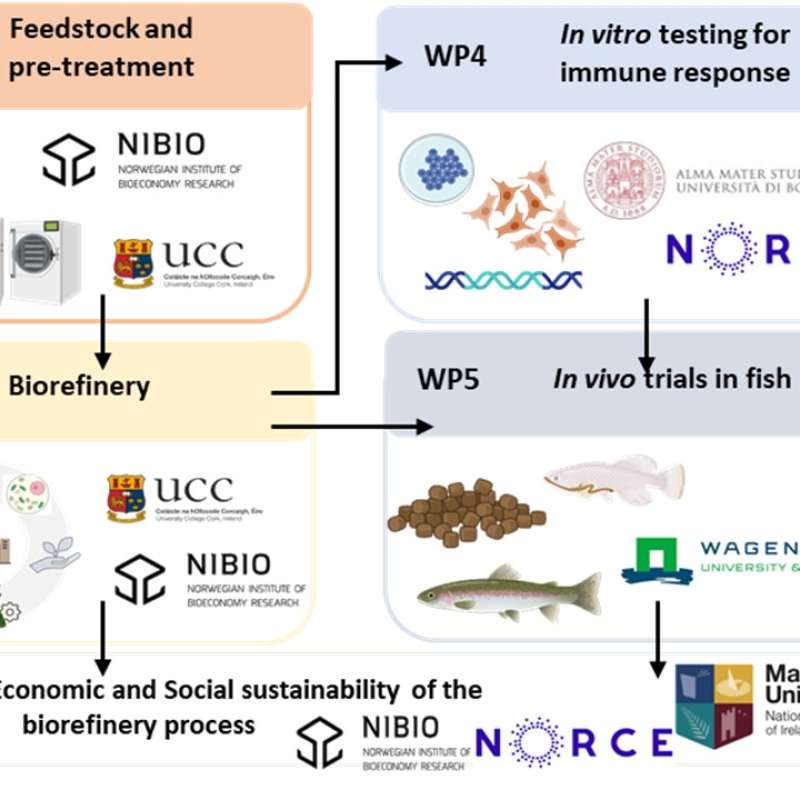Lars Sandved Dalen
Senior Adviser
Abstract
Using decades of satellite observations, Finnish and Norwegian scientists calculated the warming effect caused by changes in the snow and ice cover of the Arctic and Antarctic regions.
To document
Authors
Samuel Wilkinson Lars Sandved Dalen Thomas Olufsen Skrautvol Jurriaan Ton Paal Krokene Melissa MagerøyAbstract
No abstract has been registered
Authors
Lars Sandved DalenAbstract
No abstract has been registered

